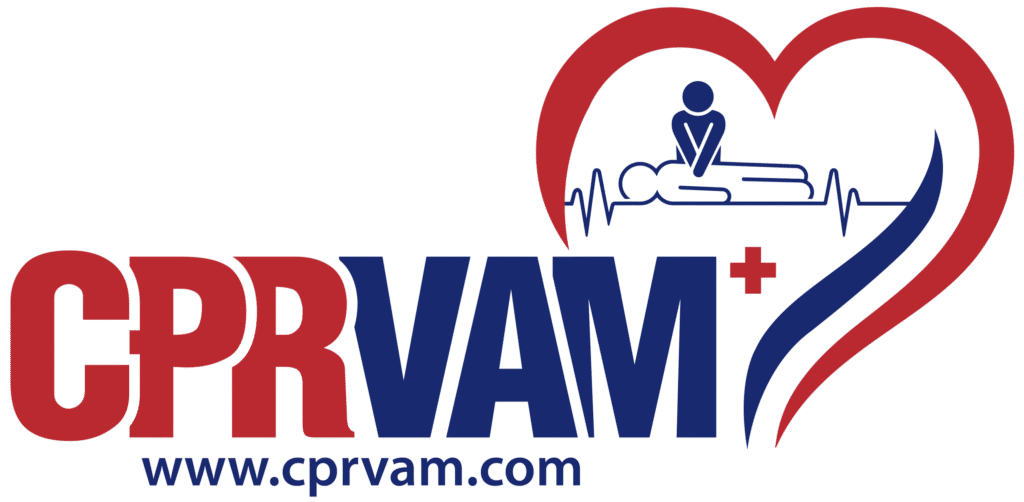Reversible Causes of Cardiac Arrest
The American Heart Association highlights the importance of identifying and treating reversible causes during pediatric cardiac arrest. Common causes include hypoxia (low oxygen), hypovolemia (low blood volume), acidosis (acid imbalance), and hypoglycemia (low blood sugar). Less frequent but serious causes, such as tension pneumothorax, cardiac tamponade, toxins, or pulmonary embolism, should also be considered. Recognizing these conditions quickly using the “4 Hs and 4 Ts” framework allows healthcare providers to provide targeted treatment and improve the child’s chance of survival.
The 4 Hs:
- Hypoxia: Low oxygen levels in the blood
- Hypovolemia: Low blood volume due to bleeding or dehydration
- Hypo-/Hyperkalemia & Acidosis: Imbalance of electrolytes or acid-base levels
- Hypoglycemia: Low blood sugar
The 4 Ts:
- Tension pneumothorax: Air trapped in the chest, causing lung collapse
- Tamponade (cardiac): Fluid buildup around the heart, preventing proper pumping
- Toxins: Poisoning or drug overdose
- Thrombosis: Blood clots in the lungs (pulmonary embolism) or heart





